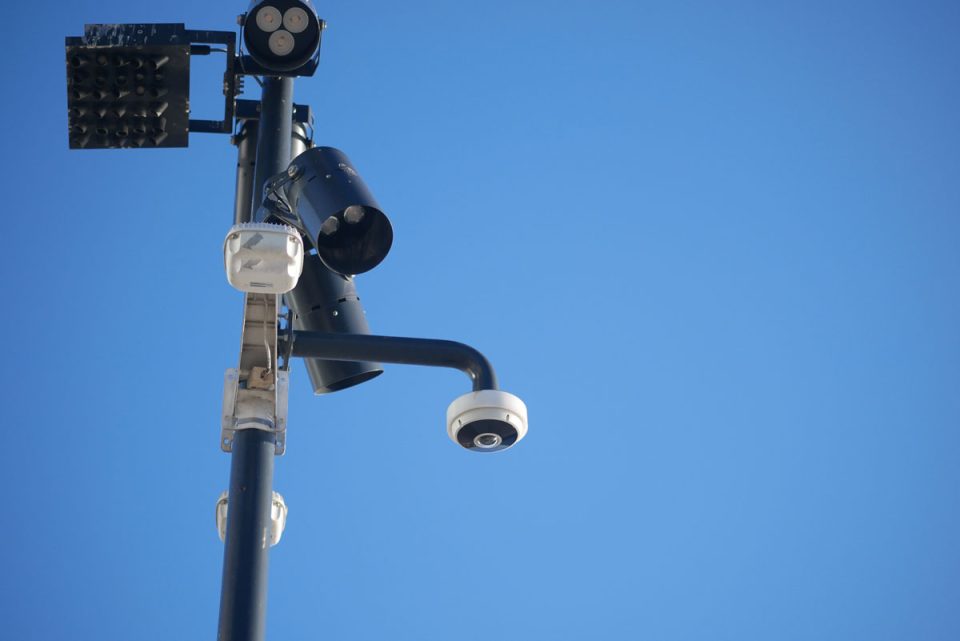Modern cities are under constant pressure to reduce congestion, improve commute times, and enhance roadway safety. One powerful tool that’s making a big difference in urban and suburban areas alike is the adaptive traffic signal. Unlike traditional systems, which rely on fixed schedules and simple vehicle detection, adaptive traffic signals use real-time data to respond dynamically to traffic conditions along a network of traffic signals. The result? Smoother traffic flow, fewer delays, and happier drivers.
What Are Adaptive Traffic Signals?
Adaptive traffic signals are intelligent traffic control systems that adjust signal timings based on actual traffic conditions. They don’t just operate on pre-set cycles; they “see” what’s happening on the road and make real-time decisions to improve traffic movement along an entire corridor.
These systems gather data through a variety of technologies, including:
- Inductive loop detectors embedded in the pavement
- Video detection cameras mounted at intersections
- Radar or microwave sensors that track vehicle movement
- Bluetooth or Wi-Fi tracking to monitor vehicle travel times
- Connected vehicle data in areas with smart infrastructure
How the Technology Works
At the core of an adaptive traffic signal system is software that continuously analyzes traffic data and makes split-second decisions. The software uses algorithms to:
- Measure traffic volumes and speeds
- Identify congestion patterns
- Predict vehicle arrivals at intersections
- Adjust green light durations, red light timing, and cycle sequences accordingly
This analysis happens in real time, often every few seconds. If traffic builds up in one direction, the system can extend a green light or reallocate green time from less busy approaches. The goal is to balance traffic flow and reduce idle time.
Key Benefits of Adaptive Signal Control
🚗 Reduced Congestion
By adjusting to current conditions, adaptive signals can reduce delays by 10–20% on average, and in some cases, even more. This means less stop-and-go traffic and shorter commute times.
🌍 Lower Emissions
Improved flow reduces the amount of time cars spend idling, which in turn cuts down on fuel consumption and greenhouse gas emissions.
🕒 Faster Emergency Response
In some systems, adaptive signals can be integrated with emergency vehicle preemption, helping responders move through intersections more quickly.
📈 Better Use of Infrastructure
Instead of building new roads to handle increased traffic, adaptive signals help communities get more out of their existing roads by improving efficiency.
🛠️ Real-Time Adjustments for Special Events or Incidents
If there’s a crash, construction, or an influx of vehicles from an event, adaptive systems can quickly recalibrate to handle temporary surges in traffic.
Real-World Applications
Cities like Los Angeles, Boston, and Charlotte have already implemented adaptive traffic signal systems, often as part of broader Intelligent Transportation Systems (ITS). Smaller towns and suburban corridors are also starting to adopt these technologies, especially where traditional timing plans can’t keep up with unpredictable traffic.
Adaptive traffic signals are a prime example of how technology can solve everyday problems. By making intersections smarter, these systems reduce frustration, enhance mobility, and help municipalities meet their sustainability and safety goals. As vehicle connectivity and smart city infrastructure continue to evolve, adaptive signals will only become more capable, and more essential.
